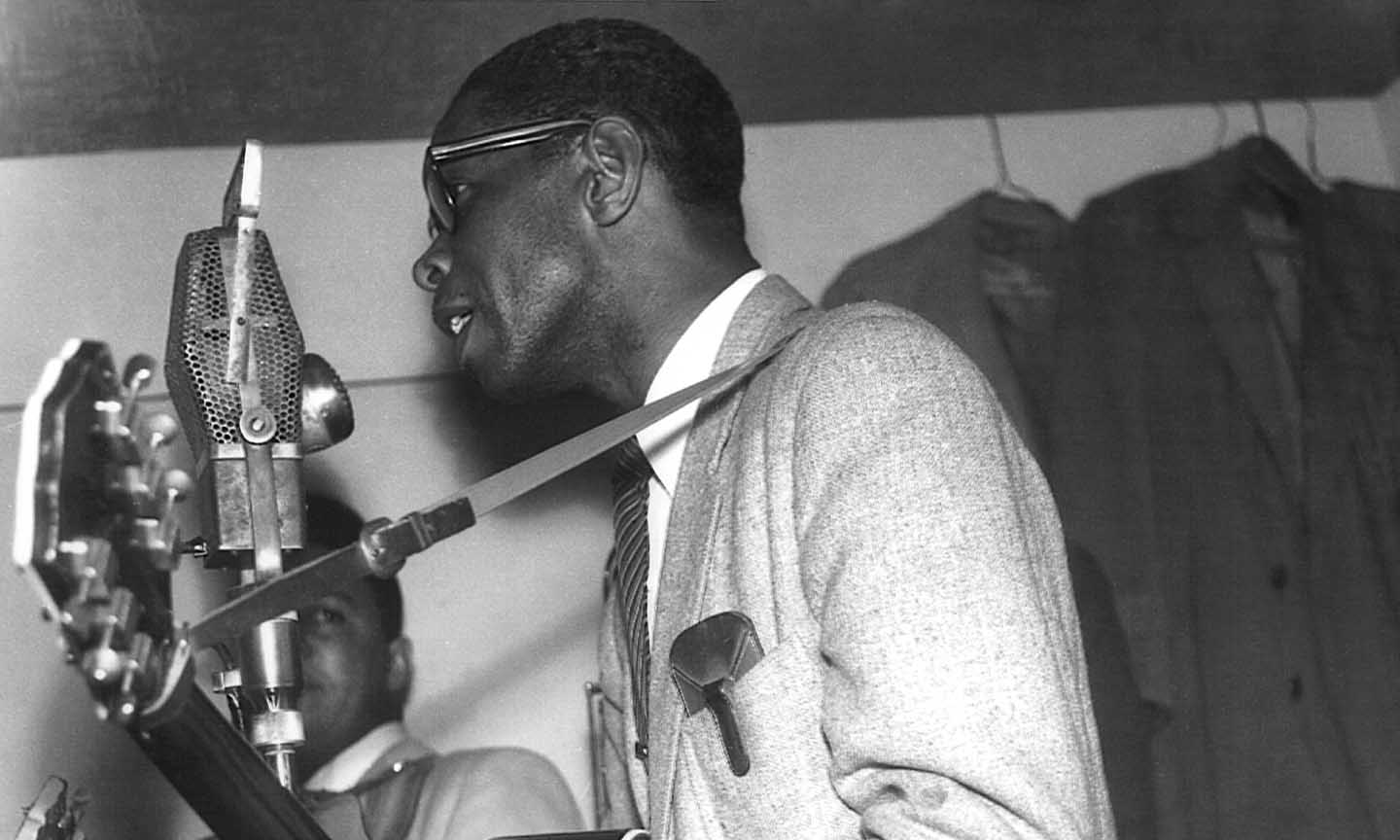Trying to recall where you first heard the quintessential electric blues riff that opens “Dust My Broom” is difficult. It may have been the early 50s version by Elmore James or Fleetwood Mac’s late 60s offering. Some may recall an unknown blues band at a club they visited in their youth, a few know that its true origins are in the 1930’s with Robert Johnson… or is it?
In early December 1933 Roosevelt Sykes accompanied Carl Rafferty, a man about who we know absolutely nothing, on “Mr. Carl’s Blues.” What we do know is this session was significant in the history of the blues. “Mr. Carl’s Blues” contains the immortal lines, “I do believe, I do believe I’ll dust my broom. And after I dust my broom, anyone may have my room.”
Many years later, as historians dissected Robert Johnson’s songs to understand his influences, it was generally assumed that he based “I Believe I’ll Dust My Broom” on Kokomo Arnold’s “Sagefield Woman Blues.” Kokomo’s song has words similar to “Mr. Carl’s Blues” but was recorded some ten months after Rafferty’s effort. In truth, we may never know who “did it first,” but recorded evidence points to Mr. Carl Rafferty accompanied by Mr. Roosevelt Sykes.
Back then performers swapped songs, heard others sing, and lifted what ranged from bits of a song to the complete thing with no thought to copyright – a concept few recognized as important. The blues have an oral tradition, which meant this was simply a natural process.
Recordings of blues songs are our historical markers to signify when something was done first, but that certainly doesn’t mean the performer who recorded it was the originator of a song. All it proves is that someone recorded it first. More often than not, that was a matter of luck, with record companies going to towns and cities across the Southern United States looking for performers to record on their mobile studios.
Several schools of thought exist as to the meaning of “Dust My Broom.” It could be about cleaning a rented room before you leave. It could also be a sexual reference. Singer Son Thomas once said, “It was an old field holler to tell everyone, except the people the hollerer didn’t want to tell, that he was running away.”
In 1951 Elmore James recorded what for many is the definitive version of the song. His was released on a Trumpet 146 with Elmore, billed as Elmo James, on one side and Bo Bo Thomas singing “Catfish Blues” on the other. The record made No.9 in the R&B charts in April 1952. In 1955 James re-recorded “Dust My Broom” as “Dust My Blues” with minor lyric changes and a re-arrangement of the verses. That version was credited to Robert Johnson, with the arrangement by James & Joe Bihari. (Bihari is one of the two brothers that owned the Modern label. James recorded for Modern’s subsidiaries, Flair and Meteor).
In 1968, the original Fleetwood Mac with Peter Green recorded their version for their album Mr. Wonderful. It contains further lyric variations. Like many of the later versions that were both recorded and sung live, they often mixed up “Dust My Broom” with “Dust My Blues.” We’ve collected together a number of versions of “Dust My Broom” from a whole collection of different blues artists, from Howlin’ Wolf and Muddy Waters to Albert King and a fabulous lady who sings the “broom.”
Follow the Dust My Broom playlist to hear every iteration of this blues classic.




